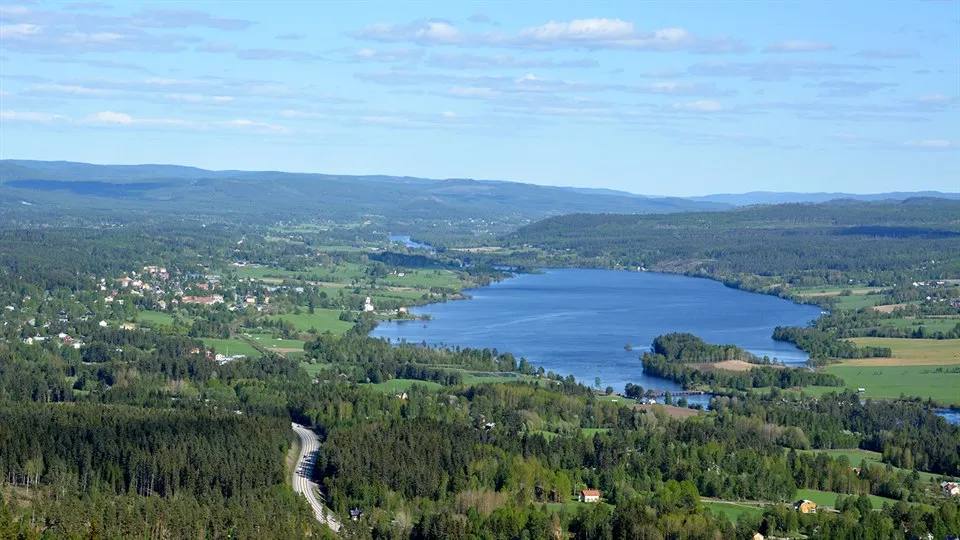Hydrogen gas and crayfish
The project examines whether it is possible to take water from a watercourseand use surplus heat from hydrogen production to heat up the water, thereby killing the crayfish plague spores, and thus obtain water free from infection that can be used to cultivate Nobel crayfish in.
The research project Hydrogen gas and crayfish has been initiated by the fisheries management group in Ånge. Their challenge is for future generations to be able to fish for crayfish in river Ljungan. To ensure the long-term survival of the crayfish and sustainable fishing of crayfish in Ljungan for future generations, the use of water needs to be governed. Furthermore, the public, non-profit associations, municipalities and companies need to be involved in the work to promote the crayfish and prevent the spread of crayfish plague. We are doing this through a blue innovation that involves creating an ark site in connection with a hydrogen factory that contributes to the development of the blue industries.
The overall purpose of the project is to study how water management in hydrogen production can be used to ensure the survival of the crayfish. In doing so, the project can contribute to a better understanding of how new smart industries can contribute to the sustainable use of water resources, thus improving biodiversity and creating sustainable rural development. The sub-objectives of the project are:
- to investigate how industrial establishments can promote the sustainable use of water (Theme A),
- to investigate how hydrogen production can be used to develop a sustainable blue economy (Theme B),
- to explore the cumulative effects that may arise between the systems consisting of water, socio-economic aspects and the environment from a socio- and ecocentric perspective (Theme C).
Facts
Project period
231201-261130
Partners
- Ånge kommun
- Fiskevårdsgruppen i Ånge
- RES
- Luleå Tekniska Universitet
- Stockholms Universitet
Municipal cooperation
Project leader

Project members



